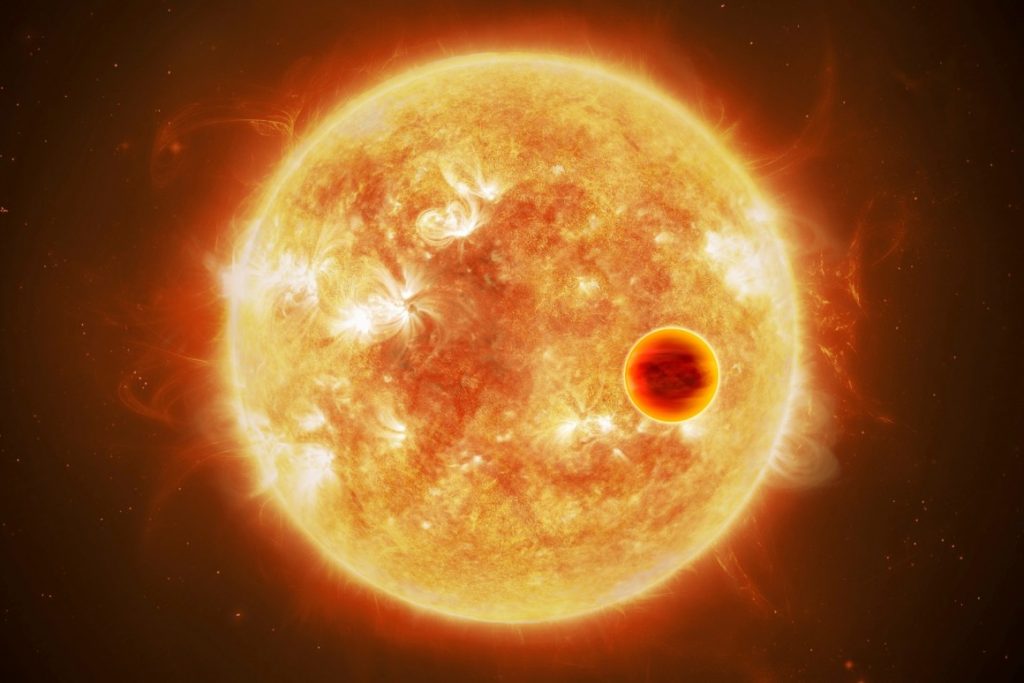In the Exoplanets-A project, we are developing new data calibration, spectral extraction and retrieval tools to exploit archival data from international space missions and ground-based data to produce a consistent and reliable characterization of exoplanet atmospheres as well as to study the influence of host stars on them.
The Exoplanets & Host stars catalogue is a coherent and uniform database of the relevant properties from International Space Science archives (e.g. HST, XMM, Gaia, Spitzer, Kepler), combined with ground-based data and publications. Exoplanet and host star properties are accompanied/interpreted with results from the Exoplanets-A project.
The catalogue includes all the exoplanetary systems being studied by the Exoplanets-A project: It contains information for 205 exoplanets and 113 host-stars.

While the detection of exoplanets is an important ongoing field of activity, the characterization of their atmosphere has just begun and it is developing very rapidly. A lot can be learnt from spectroscopic observations of an exoplanet atmosphere; the molecular composition of giant exoplanet atmospheres can trace the planet’s formation and evolution; the atmosphere of rocky exoplanets can host biosignature gases. However, the observations are challenging because the signal is often embedded in instrumental and telescope systematic noise. The European Exoplanets-A project is aimed at providing a comprehensive view of the nature of exoplanet atmospheres and to establish new insight on the influence of the host star on the planetary atmosphere.
To model successfully the exoplanet atmosphere, it is necessary to have a sound knowledge of the host star. To this end, we are collecting a coherent and uniform database of the relevant properties of host stars from online archives (e.g. XMM-Newton, Gaia) and publications. In addition to compiling the observational data, we will where necessary, e.g. in the EUV, interpolate, extrapolate and scale spectral and other information, to cover gaps in the observational data, in order to provide the full XUV spectral range for modelling the host-star influence on the exoplanet atmosphere. This work will be accompanied by computer models to assess the importance of star-planet interactions, for example the “space weather” effects of the star on its planetary system. We will also model the possible evolutionary scenarios for the stellar activity over the star’s lifetime, in order to gain insight into the past environment of the exoplanet.